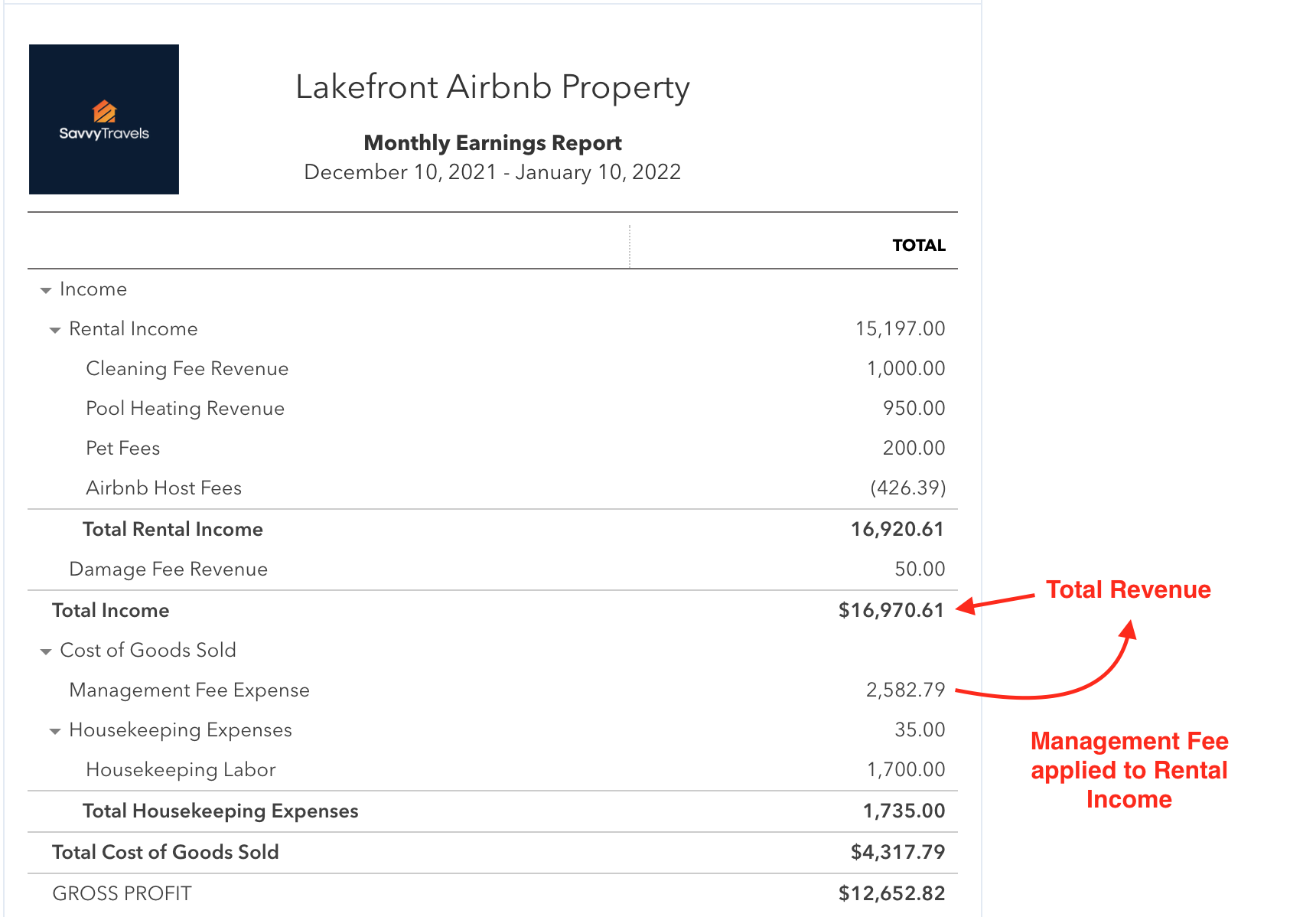
Real estate portfolio management is important because most corporations have a large portfolio of real estate assets. Your portfolio may include hundreds, or even thousands of properties. These assets can be managed in many different ways. These include using various computer database systems. These methods have their limitations. Most systems don't provide a prudent due diligence analysis. They do not provide a benchmark to allow clients to compare their sites to market competitors.
Another problem with these existing systems is that they do not give corporations what they should be paying for. A large corporation could have hundreds or even thousands of properties. Each property will have its own expense starting and ending dates. Different expenses can go up at different rates. It can also mean that there are a lot of other types of expenses, which are not included in the basic expense calculation.

The invention is a tool that enables commercial real estate managers to perform a cost optimization of their current portfolio. The invention involves a financial analysis that projects future expenses on individual leased properties. This method calculates the rents, property expenditures and other costs of leased property over time. The invention generates a cost comparison per site when these numbers are compared with the market value of comparable property (called market comps). Managers can use these results as a benchmark.
Another important feature of the invention is its ability to optimize geographical regions, rather than just one city. This allows the invention to be applied to other real property transactions. The invention does not rely on generalized metrics. Instead, it uses eight cycle models to calculate the impact of key investment variables on cyclical cycles. Each model presents an analytical definition and insight into investment timing.
In addition to financial analysis, the invention will also display the results in a graph format. FIGS. Managers of large companies can see a 50,000 foot view of their portfolios using FIGS.14A-14E. To help determine which properties require attention, users can change the threshold limit colors. You can also drill down into each Site and use this dashboard to locate individual properties. This invention can help corporate managers evaluate their commercial real-estate lease portfolios by combining the features mentioned above.

The invention is based on the recognition that prior art systems don't provide enough support for commercial real-estate managers to accurately assess their portfolios. They assume a fixed, underlying cost for the leased property which can cause optimization problems.
FAQ
Does a handyman make suggestions about how to improve my home?
Absolutely! A handyman is skilled in all aspects of home maintenance and repair. He or she will know what needs to be done and what won't. You don't have to be shy about asking for advice when you need it.
Do I need to train a handyman to do my work?
No. Handymen have all the skills and knowledge necessary to complete any task. All they need is the necessary materials.
Is it worth paying a handyman an hourly rate or per-project basis.
It all comes down to personal preference. Some people prefer paying by the hour to know exactly how much their handyman charges. Others prefer to pay for each completed project since they may have multiple jobs simultaneously. Either way, it's fine.
Why should I hire somebody to help me do this job?
It's a great way to save time and money by hiring a handyman. This saves you time and money. Additionally, the handyman has all the tools and supplies required to do the job properly.
When is the right time to hire a handyman?
There's no "right" moment to hire a handyman. You just need to get started as soon possible. You can save money by waiting until after the holidays. You could also pick up the telephone and call various handymen.
Which is simpler: Contracting or being a handyman.
As you only require yourself and your tools, being a handyman takes less time than contracting. Contractors rely on subcontractors to complete most of the work. You must manage your own schedule and workload.
What is the hourly rate for a handyman?
A handyman can charge between $50-$75 an hour. This is a job that most of them have done for years. Their average work week is about 10 hours. They are well-known and do not need advertising.
They will tend to specialize and establish customer relationships over time.
They are quick, reliable, and affordable. This is the key difference between them and other contractors.
Most people know at most 2-3 of these men and are able to trust them enough to call when they have a problem.
Some people are so talented that they own their own business.
Statistics
- According to the U.S. Bureau of Labor Statistics, in May 2020, there are 1,357,630 handymen employed in the U.S.. (angi.com)
- More than 20% of homes in America have outdoor living spaces, including decks and patios. (mrhandyman.com)
- With a strong housing market, the handyman and general maintenance worker industry are expected to grow by nearly 10% in the next decade. (housecallpro.com)
- A franchise was approximately $110,000 with a franchise fee of $14,900, according to a spokesperson for a national handyman franchise. (en.wikipedia.org)
- “Before the pandemic, 40% of people asked how we could estimate a job when we weren't there,” Rose recalled. (inquirer.com)
External Links
How To
How to Install a Receptacle Box
It is important to follow the recommendations of your local inspector when installing any type electric outlet. This includes making sure that the wiring is correctly installed and that there aren't any fire hazards or water damage.
Most boxes are prewired and have four wires from the breaker panel. The two black wires run through the box to the first screw on one side, while the red and white wires go to the second screw on the opposite side of the box. When connecting wires, it is important that you don't use wire nuts or wrap around screws. If you do this, it will be difficult for the wires not to stick in their place once they are tightened. You want to allow them to move freely, but keep them tight enough that they don't pull away from their holes.
A second piece of hardware might be required if you wish to add a receptacle or container to an existing box. You'll need to take off the top of your existing metal box, and then add a cover plate. Once you have made the hole in the cover plate for the new connector, connect all of your wires to it.
You may not need a licensed electrician to replace the existing light switches in your home. The first step is to take the old switch out of its mounting spot. You should then disconnect all wires from the switch. These wires include the power that goes into the switch and the ones that provide electricity to the lights in your room. Once you have disconnected all of it, you can begin the replacement process.
After you remove the old switch, measure how far the wall studs are from your new switch and mark them using a permanent marker. Once this is done, you will need to determine if your new switch should be mounted higher than or lower than the floor. You will need to drill holes for the mounting bracket depending on how high the switch is to be mounted. Or you can attach it directly to the wall with drywall anchors.
After the measurements are taken and the locations have been marked up, it's time to get started. You can begin removing the drywall around the area where the switch is to be installed with the assistance of a friend or relative. You should leave at least 8 inches between each stud to prevent accidentally cutting the cable. Next, install the switch by attaching the brackets to it. Next, attach the cables and secure the switch onto the mounting brackets. After the switch is installed properly, it will be necessary to turn on the power again and to test the device to make sure it works correctly.